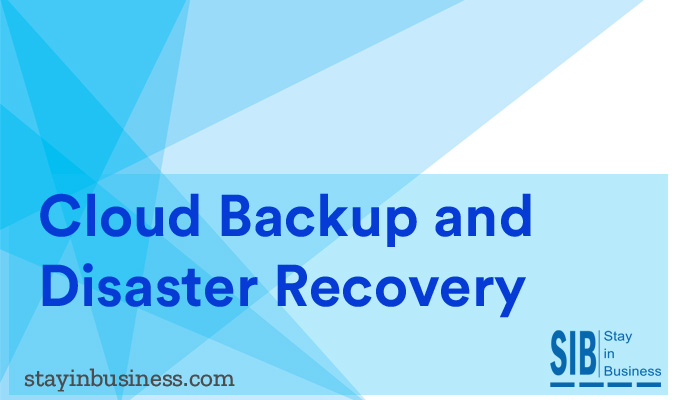
A new kid on the block is the concept of DR in the cloud. Though there are some concerns about security, the benefits far out weight the problems. Before deciding to get the cloud to host the DR solution, a lot of due diligence regarding the service provider must be done before signing on the dotted line. The worst time to find out that the fine print of the contract was detrimental to your interest is when a disaster strikes.
- Is all data secured when transferring to the cloud and stored?
- What is the process by which the Users are authenticated? Is it a one step process, which is not very secure, or does the service provider have a two stage process such as a one time password generated at the time of access to the cloud?
- Does the cloud service provider meet with all regulatory requirements?
- Since the cloud is accessed through the internet, does it have sufficient bandwidth to handle the sudden surge in traffic? If the bandwidth is insufficient, then the net speed will slow down resulting in irate customers. There should not be any mismatch
- Does the business have sufficient redundant capacity to redirect traffic to the cloud? Remember, during a disaster, nothing may be up to par and this may prove to be a major bottle-neck
- As a part of the DR Plan, is restoration to be done from the cloud to the production site? If yes, how long will it take? If it takes too long, the very purpose of quick recovery will be defeated
In addition to the above, check out the reliability and track record of the service provider. Does the service provider have the ability to step into the breach when you are grappling with a disaster? Once the security and credential aspects of the cloud service provider are verified and accepted, then installing the DR solution in the cloud is the next step. The advantages, subject to above verifications, are:
- Duplicate infrastructure, which may lie idle for weeks or even years, need not be created
- With increasing number of players in the cloud service space, prices are dropping rapidly. This makes it a highly cost effective Disaster Recovery (DR) solution
- Another advantage with using the cloud is that the business needs to pay only for the facilities it uses. If the service requirement has to be scaled up, it is easy in the cloud and the business needs to pay for the enhanced services only from the time it is used
- For those mission-critical applications that need aggressive RPO’s & RTO’s, the cloud solution is ideal since it can handle high speeds of Data flow and restoring from the cloud will be easy
- When the disaster strikes, the data need not be restored to on-site machines [which may be destroyed/inaccessible anyway], but to virtual machines in the cloud which can then be easily accessed from an alternative location, subject to authentication of user
One size does not fit all and each business must decide on using the cloud, after due diligence. The cloud option certainly has many advantages. However, security and the ability of the service provider being potential weak points, all possible aspects must be gone into detail, before the option of a Cloud back-up is decided.
Disasters
[carousel id=’1780′ items=’4′ items_desktop=’3′ margin_right=’5′ navigation=’false’] [item img_link=”https://www.stayinbusiness.com/wp-content/uploads/2016/02/Chemical-Spills-Discharges.jpg” href=”https://www.stayinbusiness.com/resource/disaster-recovery/chemical-spills-and-discharges/”][item img_link=”https://www.stayinbusiness.com/wp-content/uploads/2016/02/Riots-Public-Disturbances.jpg” href=”https://www.stayinbusiness.com/resource/disaster-recovery/riots-and-public-disturbances/”][item img_link=”https://www.stayinbusiness.com/wp-content/uploads/2016/02/Terrorism.jpg” href=”https://www.stayinbusiness.com/resource/disaster-recovery/terrorism/”] [item img_link=”https://www.stayinbusiness.com/wp-content/uploads/2016/02/worst-product-recall.jpg” href=”https://www.stayinbusiness.com/resource/disaster-recovery/product-recall/”] [/carousel]

